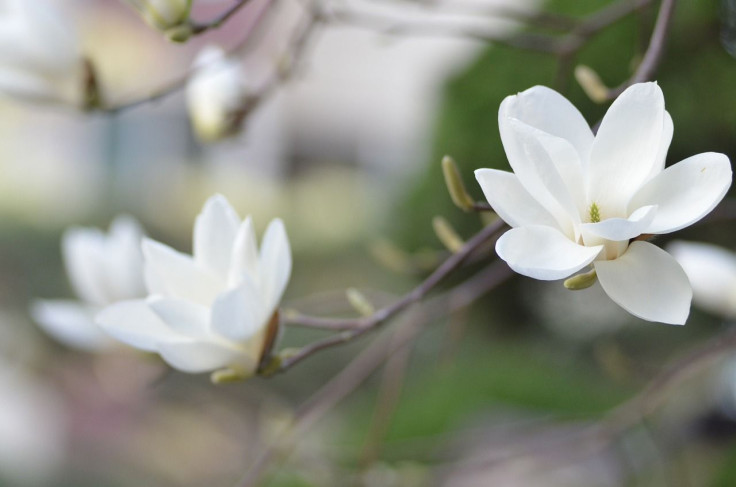'One In A Million': Researchers Rediscover Tree Lost For 97 Years
KEY POINTS
- The tree was discovered in 1925 but has been lost to science since
- Researchers rediscovered the tree in various life stages
- The discovery gives hope for the tree and Haiti's declining forests
Researchers have rediscovered a lovely magnolia tree that has been lost to science for 97 long years. The chances of finding it were said to be "one in a million."
The northern Haiti magnolia (Magnolia emarginata) was discovered in 1925 but has been lost to science since, Re:wild noted in a news release. Morne Colombo, the forest where it was originally discovered, has been destroyed.
Under the International Union for Conservation of Nature (IUCN) Red List of Threatened Species, northern Haiti Magnolia is considered to be "critically endangered." In fact, the IUCN wrote in the listing that it is "possibly extinct."
The five-person team searched for the tree in mid-June so that the flowers would be in bloom and it would be easier to identify, Re:wild said. Despite postponements due to travel restrictions and social unrest, as well as a downpour that disrupted their trek, the team eventually spotted the tree's distinct flowers and leaves.
They found the tree in different stages of life, from juvenile to adult, and were able to take the "first-ever" photos of it. Some of the pictures, including those of the trees' beautiful flowers, can be seen here. The researchers were also able to collect DNA samples for analysis.
"The chances of finding this tree were one in a million considering that so few of Haiti's forests remain," Eladio Fernandez of Haiti National Trust, who led the expedition, said in the Re:wild news release. "This rediscovery serves as a beacon of hope for the biodiversity of Haiti. Despite the bleak state of the country's degraded forests, it still harbors species like this that are found nowhere else in the world, giving us the opportunity to save them."
Only 1% of Haiti's original forests remain due to activities such as slash-and-burn agriculture and deforestation, according to Re:wild. This has led many of the country's native plants to grow on forest patches on mountain tops and steep ravines, where they are isolated and can't be easily reached. This means that even the locals may no longer be familiar with the wildlife in their area.
Discovering the tree in various life stages gives hope for its future, according to Re: Wild. There are now plans for seed collection in the fall.
"This rediscovery energizes our efforts to rewild Haiti," Anne-Isabelle Bonifassi, the executive director of the Haiti National Trust, said in the Re:wild news release. "We've been working hard in Haiti's Grand Bois to rewild the forests there, including Haiti's other endemic magnolia species, and we are excited to apply that work to help us preserve another beautiful and iconic magnolia."
The rediscovery of the northern Haiti magnolia adds to the list of species that are being rediscovered, thanks to the efforts of researchers and conservationists. Earlier this year, for instance, a team of researchers also reported the rediscovery of the plant that was even named "extinctus" because of the suspicion that it had already gone extinct.

© Copyright IBTimes 2024. All rights reserved.






















